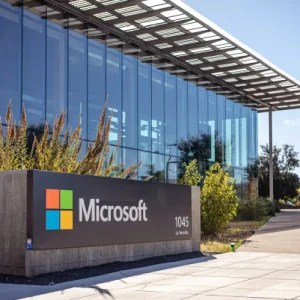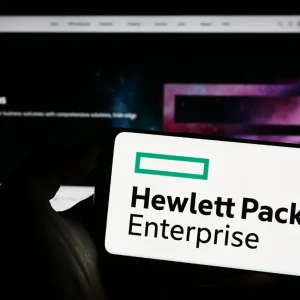
Memory in enterprise servers and data centres has traditionally come in two main types – permanent but slow technologies like disc arrays or solid state drives and fast, but fragile, DRAM chips typically found next to server processors. Server processors can access data and code from DRAM chips extremely quickly but the problem with the chips is that they are very vulnerable to power failures and fluctuations which lead to data loss.
Getting systems back up and running from that kind of loss can be extremely complex and time consuming, costing businesses dearly.
Hewlett Packard Enterprise’s launch of persistent memory products for inclusion in its ProLiant servers promises to provide a bridge between these two types of technology.
Persistent memory promises the best of both worlds – the speed of memory but with the persistence and resilience of traditional storage hardware.
But the real secret is that this is as much a software launch as a hardware release.
The step forward is achieved as much by HPE’s partnerships with software companies as it is by clever hardware.
The company has spent two years working with Microsoft and other operating system providers to enable persistent memory to work effectively for customers without compromising the resilience of their systems. It is these partnerships, the company hopes, which will give it the key advantage over its rivals in the server and storage markets.
Richard Slyfield, HPE’s server options category manager said: “Persistent memory is only half of the puzzle, it is our partnerships with Microsoft, Linux and Horton Works which make it important. It has been designed around the real applications which our customers are using today. We will be looking to work with more operating system vendors in the future too. Microsoft’s Server 2016 will be an important launch for proving the benefits of this technology. Other vendors have similar technologies but not ones with the deep software partnerships which are the real game changer. We’re the only server vendor to have this operating system level support.”
The key use cases right now are big databases and analytic workloads which show solid speed improvements and cost savings.
Although it is early days for real world examples of the technology HPE does have two showcase customers – mobile operator Turkcell and animation studio DreamWorks. Both have seen cost savings and performance improvements. Turkcell said the technology allowed it to double the speed of database queries and speed up the deployment of new business services.
DreamWorks Animation said the technology allowed it to: “dramatically improve latency and throughput for metadata-heavy artist workflows and analytics, reducing iteration time for our most complex shots.“
Alongside speed improvements the technology also promises to improve system resilience.
Slyfield said the company was extremely pleased with early reactions to the technology. Looking forward he said HPE’s Discover event in December in London will showcase more software partnerships to support persistent memory’s position in next generation data centres.
There’s a more detailed take on the technology and its real-world uses from HPE here:
http://www8.hp.com/us/en/products/servers/qualified-options/persistent.html






